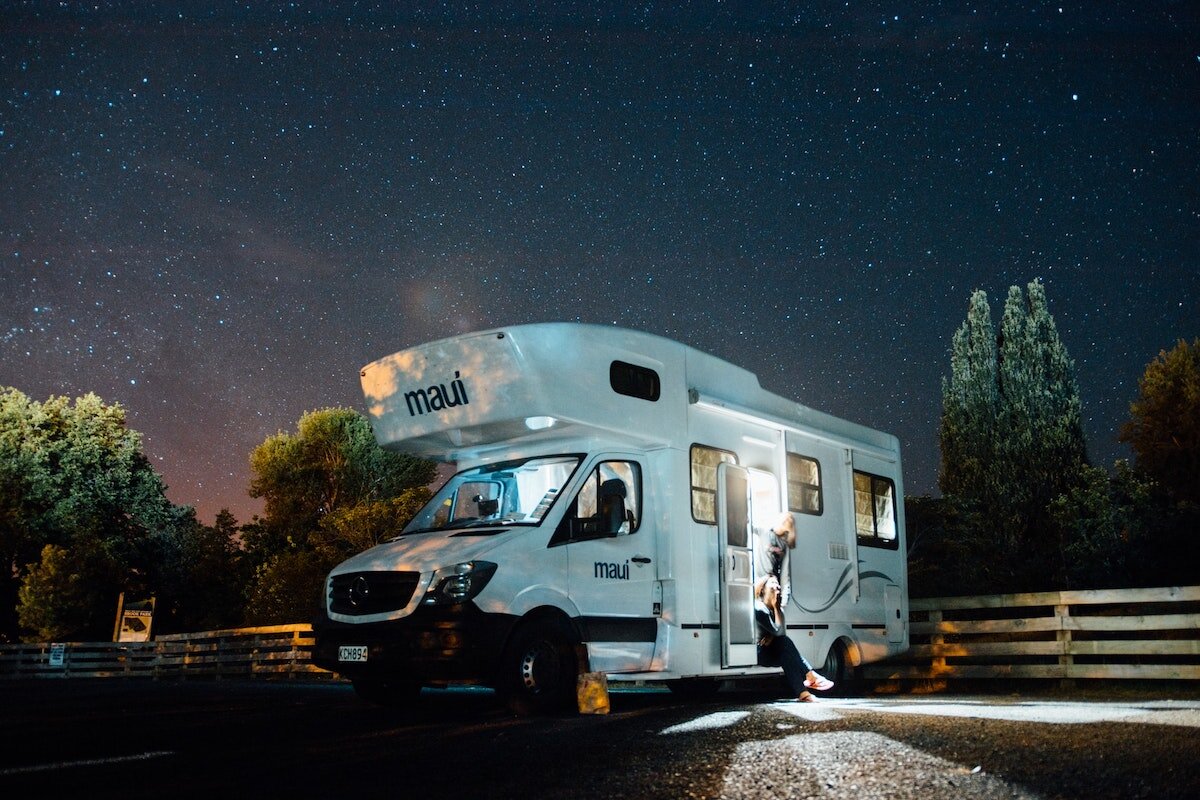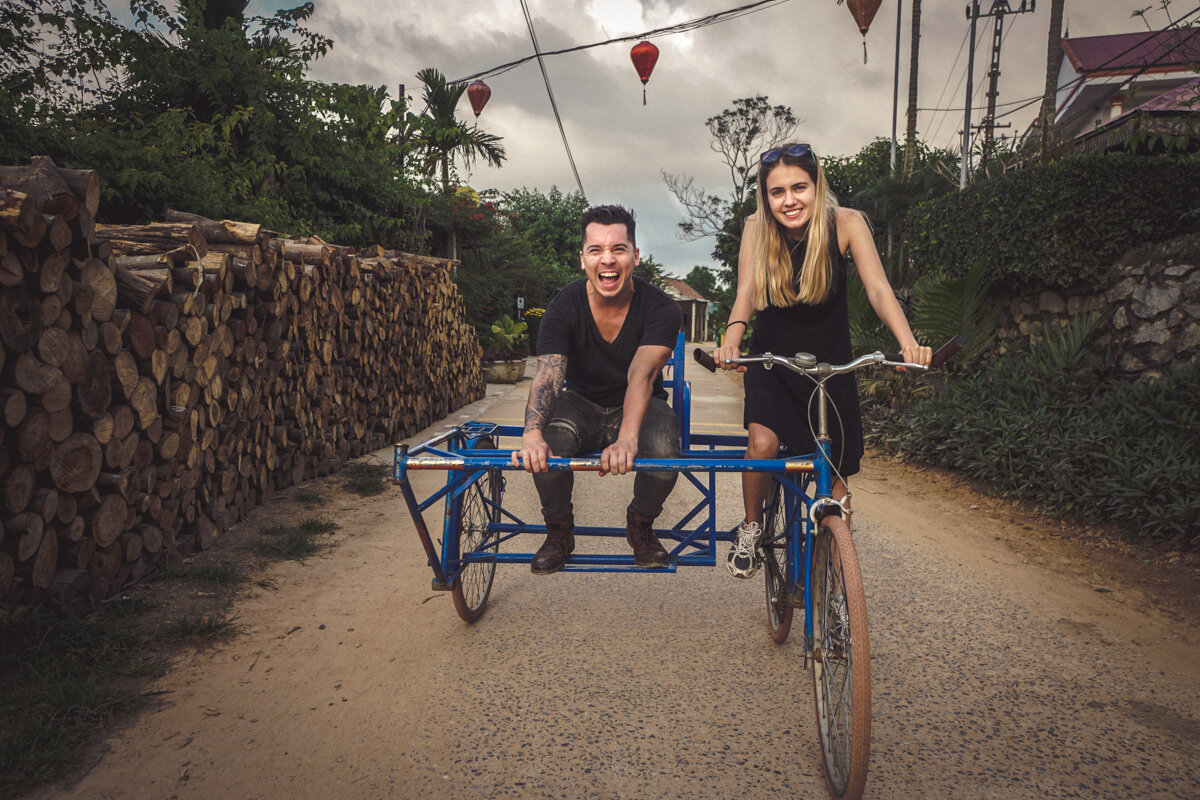How To Keep Being Warm When Traveling In Low Degrees
/How To Keep Being Warm When Traveling In Low Degrees
Nothing is more unpleasant than spending your holiday shivering in temperatures ranging from 0 to 10 degrees. When you're on a trip, this should be your opportunity to unwind and prepare for the day's activities. However, if you are cold, you will not enjoy your trip as much as you would like. If you get cold easily in low-temperature areas, here are some tips to keep you warm throughout your journey.
Consider RV Skirting
Winter RVing offers a wide range of outdoor sporting opportunities, from skiing and snowshoeing to simply meandering around a winter wonderland with a cup of hot cocoa in hand. You may be wondering how to stay warm in the winter, and RVs despise the cold as well. Relax, RVs are equipped with thermal kits that provide additional insulation.
Skirt your RV in freezing weather to keep the battery bays, plumbing, and other vital components safe.
Aside from that, an RV thermostat like https://www.calloftheopenroad.com/best-rv-thermostat helps to regulate the temperature within the RV. A good RV thermostat is essential for any traveler who wants climate control, and if you're driving around in an older RV, you might need to replace it.
Wear Warm Clothes
The next layer of cold management you can fix is proper warm clothing. The suitable clothing will significantly increase your level of comfort. Here are some dressing suggestions for a cold climate:
Wear socks and avoid walking around barefoot on your cold concrete. Not only will the socks keep your feet wet, but they will also keep most drafts away from them.
Base layers are usually thin but effective insulators. Both top and bottom base layers are available.
Boots are a good option for footwear. Walking boots are ideal because they can prevent you from slipping on slippery surfaces. Choose waterproof shoes as well since damp feet appear to freeze for the rest of the day. Boots must also be fitted appropriately since Tight boots reduce blood flow, making the feet colder. And with the thickest sock on, you should be able to wiggle your toes.
Don't forget to bring your jacket. However, you won't need a large bulky top if you layer it correctly. However, make sure you have a waterproof jacket.
So you can catch all those lovely shots of your destination in the snow, keep your hands warm with gloves.
Since most heat is lost through the ears, top off your warm clothing with a wool hat.
Try An Electric Blanket
If you want to sit on the couch or go anywhere where your heated mattress pad won't work, an electric blanket will work on 110v or 12v battery power. When not in use, the electric blanket is a simple addition that takes up little space in your RV and can be left on your bed. For added comfort and support during your travels, investing in a high-quality mattress, such as those from the Original Mattress Factory, can ensure restful sleep and keep you cozy even in the coldest conditions.
On a cold day, nothing beats snuggling up in a warm blanket. As the weather gets colder, electric blankets are still a popular option. It keeps you at a constant and comfortable temperature for days, which can add to your journey's excitement even as the nights get colder, darker, and wintry.
Small-Space Heater With Safety features
There are a variety of small portable heaters available on the market today. A propane space heater, an electronic space heater, or an oil space heater are all options. If you decide to use a portable heater to heat your RV, make sure to obey the manufacturer's directions as well as state fire codes. Also, never use an extension cord or an electric "brick" to power a space heater.
Use A Sleeping Bag
Sleeping bags are made to be wet, thin, and compact, so you don't have to hold too much. When you're backpacking, there's nothing worse than shivering in your sleeping bag at night. And worse, if you're planning a day of outdoor adventuring! So, if you want to stay warm when traveling in cold areas, make sure you have the right sleeping bag.
Drink Warm Beverage
Although it's easier to remember to drink water when you're sweating, it's still necessary to hydrate in the cold because you lose moisture by breathing and the drier air that comes with colder weather. When it's cold outside, you may not want to drink, so keep water warm in an insulated bottle to make it more appealing.
Caffeine and alcohol should be avoided. Alcohol is a vasodilator, which allows the blood vessels to dilate and the body to lose heat more quickly. Caffeine is a vasoconstrictor, meaning it constricts the blood vessels, making blood circulation more difficult. Dehydration is accelerated by both alcohol and caffeine.
Add Insulation To Your Travel
You may not have the financial means to buy a four-season RV, but that doesn't mean you can't drive in the winter. Taking steps to insulate your trailer will keep you safe and comfortable throughout your winter travels.
There could be other handy ways to boost the insulation, depending on your rig. Windows, doors, the undercarriage, vents, and storage compartments are the most likely places for outside air to enter your controlled cabin atmosphere. So start with a few minor repairs or changes that can make a significant difference when it comes to insulating your trailer.
Keep Your Food Warm
The taste of hot food is fantastic, but there is a catch. You can't just think of any warm food as safe if you want to eat organic, bacteria-free food, so follow some food safety guidelines. Cooked food has a dangerous temperature environment, according to the food safety expert. Bacteria and microorganisms are most vulnerable to bacteria and microorganisms in this temperature region.
It's best if you bring a thermos food jar with you on your trip so you can keep your food warm for hours. One outer and one inner wall make up a thermos. The inner one is coated in a reflective color to keep the container's heat to a minimum. A distance between the two walls, which is filled with heat-resistant materials, also exists—making sure that no heat enters or exits the building.
Keeping warm is the first step toward a happy trip. Keep in mind that severe cold can cause serious health problems such as hypothermia and frostbite. As a result, it's essential to take the steps outlined above to keep yourself warm at all times when the temperature drops below freezing.




















